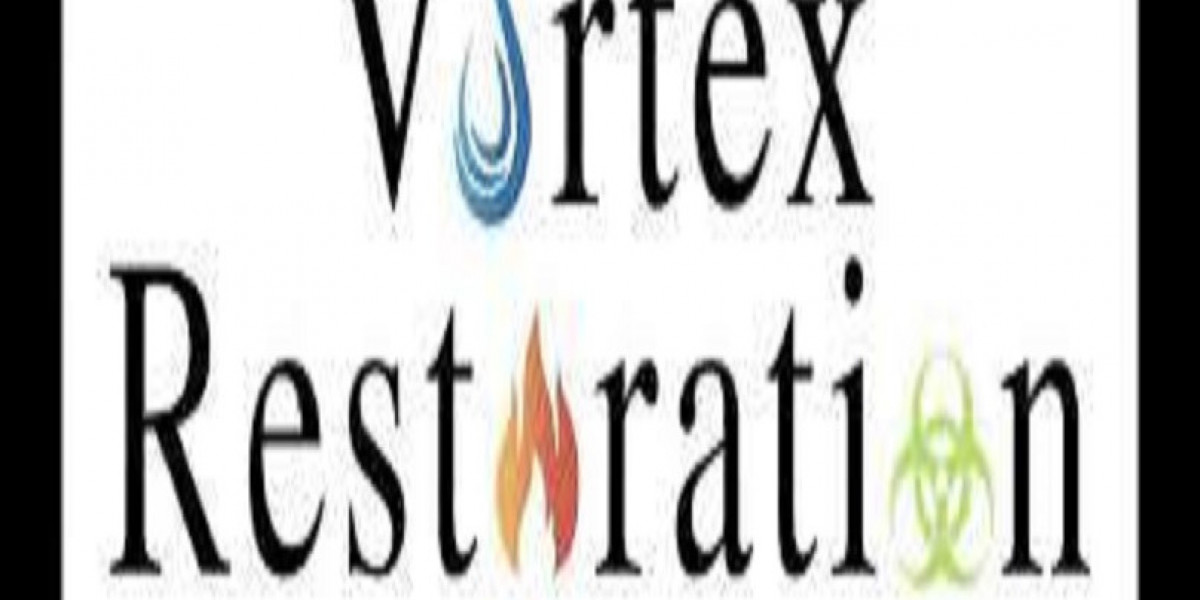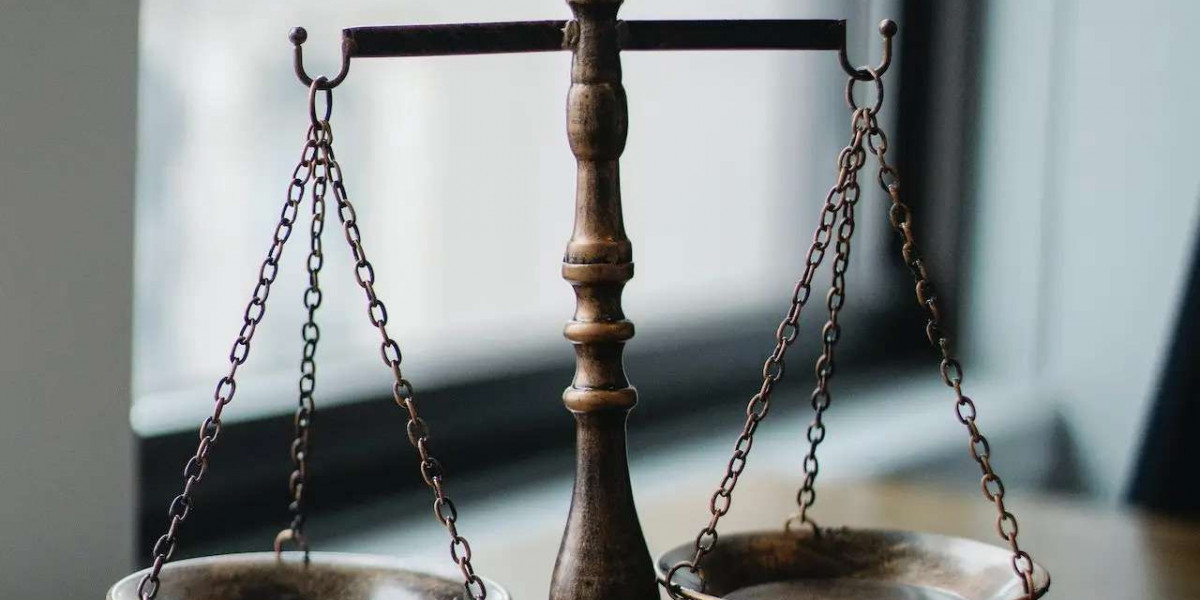Smoke damage can be an overwhelming aftermath of a fire, leaving your home filled with soot and odor. Even after the flames are extinguished, residues can linger, affecting both your living space and your health. In this beginner's guide, we will walk you through a step-by-step smoke damage cleaning process that will help you restore your home while minimizing further damage.
Understanding Smoke Damage
The Source of Smoke Damage
Before diving into the cleaning process, it's essential to understand what smoke damage entails. Smoke from a fire can penetrate walls, furnishings, and fabrics. It doesn't merely coat surfaces but can leave behind harmful residues that affect air quality and cause prolonged health issues. Knowing this will help you recognize the importance of prompt and thorough cleaning.
Types of Smoke Damage
It's important to note that smoke damage is not uniform. It can vary based on the type of material that burned. For instance, oil-based smoke from burning plastics and synthetics can create different residues than wood smoke. Identifying the type of smoke can help you choose the correct cleaning methods and products.
Step 1: Assess the Damage
Safety First
Before you can begin smoke damage, you need to ensure your safety. If the fire was significant, evacuate the premises and wait until authorities confirm it is safe to re-enter. Wear protective gear, such as gloves and a mask, to avoid inhaling harmful particles.
Evaluate Your Home
Once you are sure it's safe to enter, assess the extent of the smoke damage. Walk through each room and take note of affected areas. Look for discoloration, odor, and soot deposits on walls, ceilings, and furnishings. Documenting these areas through photographs will also prove useful for insurance claims.
Step 2: Gather Your Cleaning Supplies
Essential Cleaning Tools
Before you start cleaning, gather the necessary supplies. You will need:
A HEPA vacuum cleaner
Soft brushes and sponges
Buckets
Mild dish soap or specialized smoke damage cleaners
Water
Odor neutralizers (like baking soda or vinegar)
Heavy-duty trash bags
Specialty Products
For stubborn smoke residues, consider purchasing specialized smoke damage cleaning products. These often contain enzymes that break down the particles, making them easier to remove. Make sure to read labels for recommendations on surfaces and usage.
Step 3: Begin the Cleaning Process
1. Remove Loose Debris
Start by removing any loose debris, such as burnt items or charred materials. Carefully place these items in heavy-duty trash bags. This initial clean-up clears the way for more effective cleaning.
2. Vacuum Surfaces
Next, use your HEPA vacuum cleaner to eliminate soot from walls, ceilings, and floors. The HEPA filter captures tiny particulate matter that ordinary vacuums may miss. Use a brush attachment to gently scrub surfaces while vacuuming. Ensure you vacuum all areas, including corners and behind furniture.
3. Clean Walls and Ceilings
Once you’ve vacuumed, it’s time to tackle the walls and ceilings. Dip a soft sponge into a mixture of water and mild dish soap, or a specialized smoke damage cleaner, and wring out the excess liquid. Wipe the surfaces gently, making sure to avoid excessive moisture, which can lead to further damage. Rinse the sponge frequently and change the water as needed.
4. Focus on Furniture and Fabrics
After you’ve cleaned the hard surfaces, focus on furniture and fabrics. Upholstered items, carpets, and curtains may have absorbed smoke odors. Use a vacuum with a brush attachment beforehand to remove loose particles. For fabrics, follow the manufacturer's cleaning instructions and consider using a steam cleaner or professional cleaning service if necessary.
5. Odor Removal Techniques
Removing smoke odors is crucial for restoring a fresh environment. One effective method is to sprinkle baking soda on carpets and upholstery and leave it for several hours before vacuuming. You can also use vinegar soaked in cloths placed in each room to neutralize odors. If the smell persists, consider using commercial odor eliminators or consulting a professional cleaning service.
Step 4: Check for Hidden Damage
Inspect HVAC Systems
During the smoke damage cleaning process, don't overlook your HVAC system. Smoke particles can accumulate in ducts, impacting air quality. Inspect the system and consider hiring a professional to clean the ducts thoroughly.
Check for Mold Growth
Once cleaning is complete, keep an eye out for signs of mold, especially in areas that may have been damp from firefighting efforts. Regularly check hidden spots such as attics and crawl spaces. If you notice mold growth, take immediate action to address it with appropriate cleaning products or professional assistance.
Step 5: Reassess and Restore
Evaluate the Results
After completing the smoke damage cleaning process, reassess each room. Look for any lingering odors, stains, or damages that may have been missed. Maintain a checklist of areas and tasks completed, ensuring nothing is overlooked.
Restore Your Home
Once everything is cleaned and odor-free, consider restoration. This may involve repainting walls, replacing carpets, or even refurbishing furniture. You want to ensure your home not only looks good but is also a safe place for you and your family.
Step 6: Prevention and Future Safety
Develop a Fire Safety Plan
To prevent future fire incidents, develop a comprehensive fire safety plan. This plan should include smoke detectors, fire extinguishers, and escape routes. Regularly test smoke alarms and change batteries as needed.
Educate Your Family
Education is crucial in fire prevention. Teach family members about fire hazards and safe practices. Hold regular fire drills so everyone knows what to do in case of a fire. Knowledge can significantly reduce the risk of fire damage in the future.
Conclusion
The process of smoke damage cleaning can seem daunting, but by following this step-by-step guide, you can navigate the challenges effectively. Remember that timely action is critical to minimizing long-term effects. If the damage is extensive, don’t hesitate to consult professionals to help restore your home. With perseverance, you can reclaim your living space and ensure it remains safe and comfortable for you and your family.








